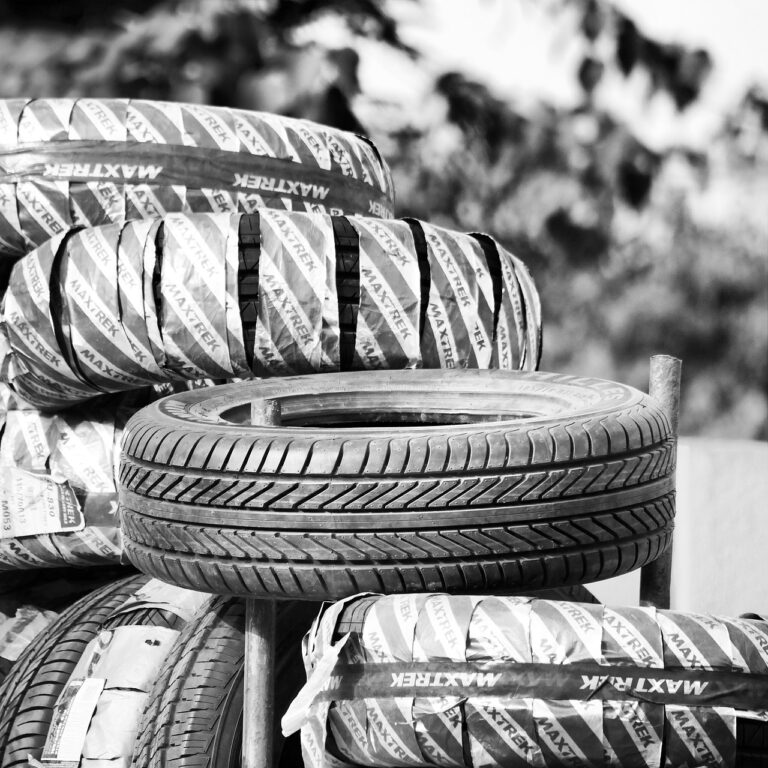The Role of Car Racing in Developing New Automotive Materials
Car racing has always been at the forefront of innovation in the automotive industry. The need for speed and performance has driven engineers and manufacturers to develop new materials and technologies that push the boundaries of what is possible on the race track. In this article, we will explore the role of car racing in the development of new automotive materials and how it has influenced the cars we drive on the road today.
Racing as a Testing Ground for New Materials
Car racing, whether it be Formula 1, NASCAR, or endurance racing, serves as a testing ground for new materials and technologies. The extreme conditions faced by race cars on the track push materials to their limits, providing valuable data on performance and durability. Engineers can then take this data and apply it to the development of road cars, improving safety, performance, and efficiency.
Carbon Fiber
One of the most significant advancements in automotive materials that can be attributed to car racing is the use of carbon fiber. Carbon fiber is a lightweight and incredibly strong material that is used extensively in high-performance race cars to reduce weight and increase structural rigidity. The use of carbon fiber in race cars has trickled down to production vehicles, with many high-end sports cars and supercars now featuring carbon fiber components.
Aluminum and Titanium
Aluminum and titanium are two other materials that are commonly used in race cars due to their lightweight and high strength-to-weight ratios. These materials are often incorporated into the chassis and suspension components of race cars to reduce weight and improve handling. Manufacturers have applied this knowledge to the development of road cars, with many vehicles now featuring aluminum or titanium components to improve fuel efficiency and performance.
Ceramic Brake Rotors
Another innovation that has made its way from the race track to the road is ceramic brake rotors. Ceramic brake rotors are able to withstand higher temperatures and provide better braking performance compared to traditional steel rotors. Many high-performance road cars now feature ceramic brake rotors as standard equipment, offering superior stopping power and reduced brake fade.
Advanced Aerodynamics
Aerodynamics play a crucial role in the performance of race cars, with engineers constantly developing new technologies to improve downforce and reduce drag. These advancements have not only improved lap times on the track but have also influenced the design of road cars. Many production vehicles now feature advanced aerodynamic elements such as active spoilers and diffusers to improve handling and fuel efficiency.
FAQs
What are some other examples of automotive materials developed through car racing?
Other examples of automotive materials developed through car racing include high-strength steel alloys, kevlar composites, and magnesium components.
How has the use of new materials in car racing impacted the environment?
The use of lightweight materials in car racing has led to improved fuel efficiency and reduced emissions, benefiting both the environment and consumers.
Are there any safety concerns associated with the use of new materials in race cars?
While new materials offer improved performance and efficiency, there are concerns about the cost and complexity of repairing vehicles made from advanced materials in the event of a crash.
Overall, car racing has played a vital role in the development of new automotive materials that have revolutionized the cars we drive today. From carbon fiber to ceramic brake rotors, the innovations seen on the race track continue to influence the automotive industry and push the boundaries of what is possible in vehicle design and performance.







